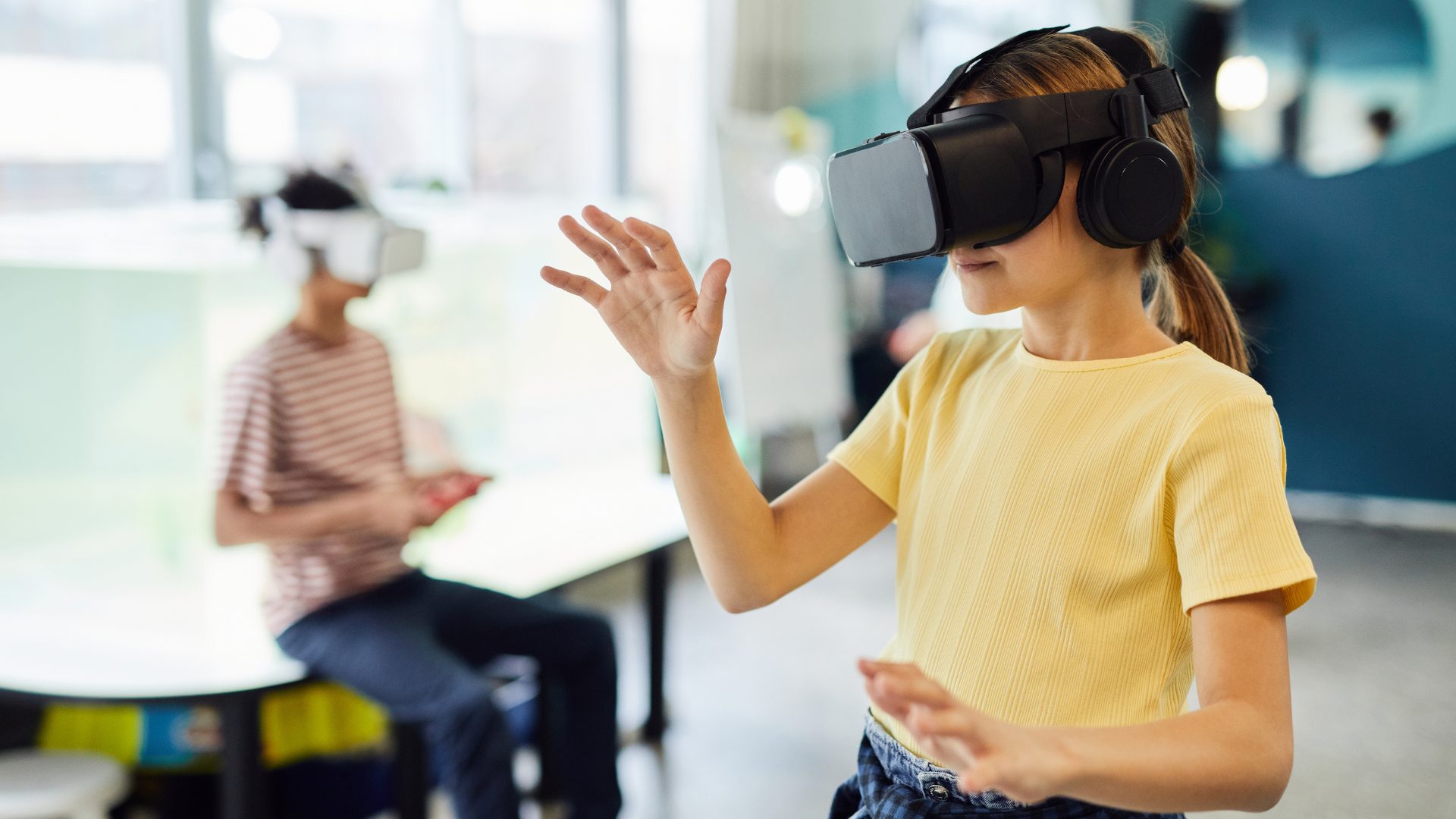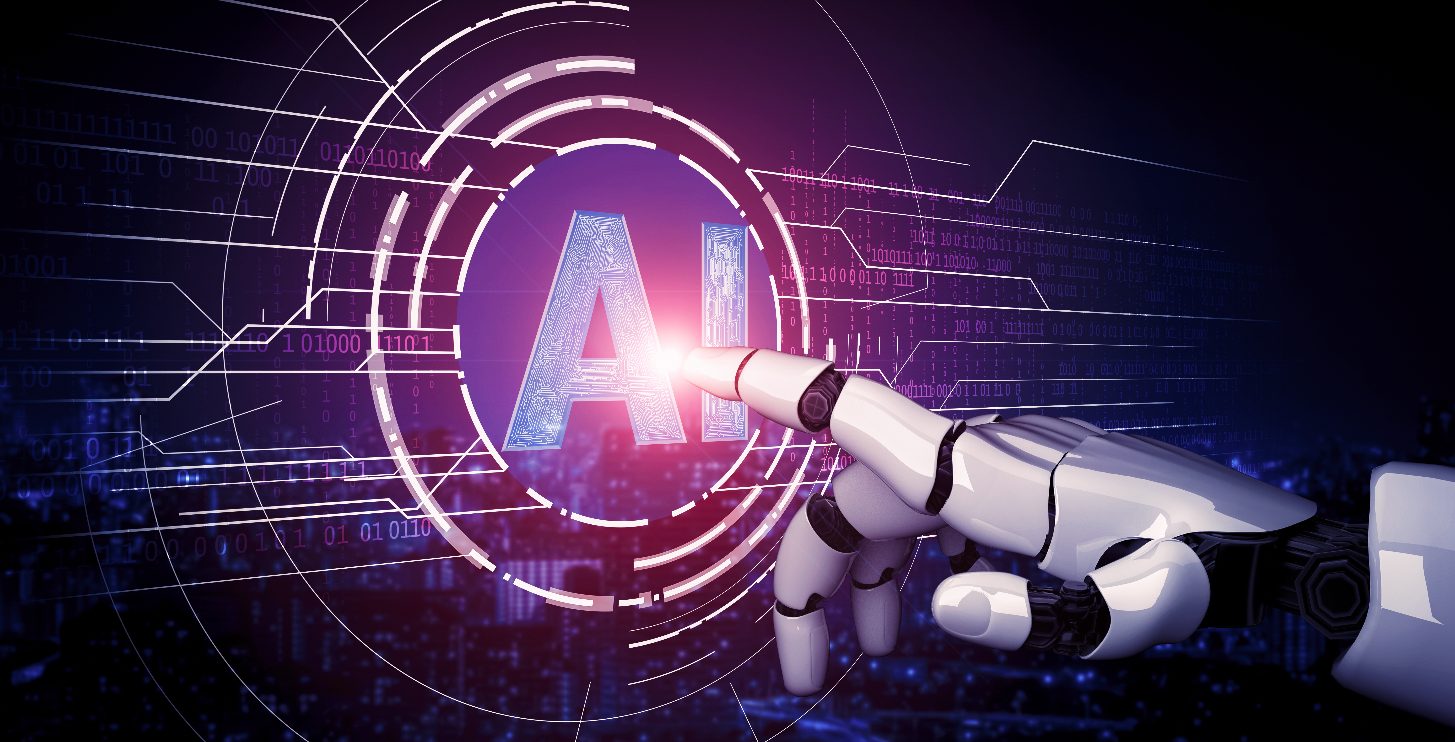In today’s fast-paced business environment, employee training and development play a crucial role in achieving organizational success. With the advent of virtual reality (VR), training and development have been revolutionized, offering an immersive and engaging learning experience for employees. VR technology allows employees to practice and refine their skills in a safe and realistic environment, thereby enhancing their confidence and performance.
Virtual Reality: The Next Generation Training Tool
Virtual Reality (VR) refers to a technology that creates a simulated environment, which users can experience through the use of headsets or other VR devices. This technology offers a more immersive experience than traditional training methods, which can often be dull and uninspiring. The use of VR in training and development has been gaining popularity over the years, and with good reason.
The Benefits of Virtual Reality in Employee Training and Development
- Enhanced Learning Experience: VR training provides employees with an engaging and interactive experience, allowing them to learn by doing, rather than just watching or listening. This hands-on approach to learning has been shown to be more effective in retaining information and building skills.
- Realistic Scenarios: VR technology allows employees to practice and refine their skills in realistic scenarios, without the risk of causing real-world harm or damage. This means that employees can learn from their mistakes, without any real-world consequences.
- Time and Cost-Effective: VR training can be done at any time and from anywhere, reducing the need for travel and minimizing the cost of training. Moreover, since VR training is self-paced, employees can learn at their own speed, without the need for an instructor.
- Increased Retention: Studies have shown that VR training can improve retention rates, with employees retaining up to 80% of what they learned compared to just 20% with traditional training methods.
- Consistency: With VR training, employees receive a consistent training experience, regardless of the instructor or location. This ensures that all employees are trained to the same standard, improving overall performance and reducing the risk of errors.
Applications of Virtual Reality in Employee Training and Development
- Technical Skills Training: VR is particularly effective for technical skills training, where employees need to practice complex tasks in a safe and controlled environment. This includes training for equipment handling, maintenance, and repairs.
- Soft Skills Training: VR can also be used for soft skills training, such as customer service, conflict resolution, and leadership training. This allows employees to practice and refine their communication and interpersonal skills in realistic scenarios.
- Safety Training: VR can be used for safety training, particularly for high-risk jobs, such as construction and manufacturing. This allows employees to practice safety protocols and emergency procedures in a safe and realistic environment.
Virtual Reality is transforming employee training and development, offering an immersive and engaging learning experience that is effective, efficient, and cost-effective. With VR technology, employees can practice and refine their skills in a safe and realistic environment, leading to improved performance, confidence, and productivity. As more and more companies adopt this technology, it is clear that VR is the future of employee training and development.
If you are interested in implementing VR training and development in your organization, contact us today. Our team of experts will work with you to create a customized VR training program that meets your specific needs and goals. Don’t let your employees fall behind – invest in VR training today!







